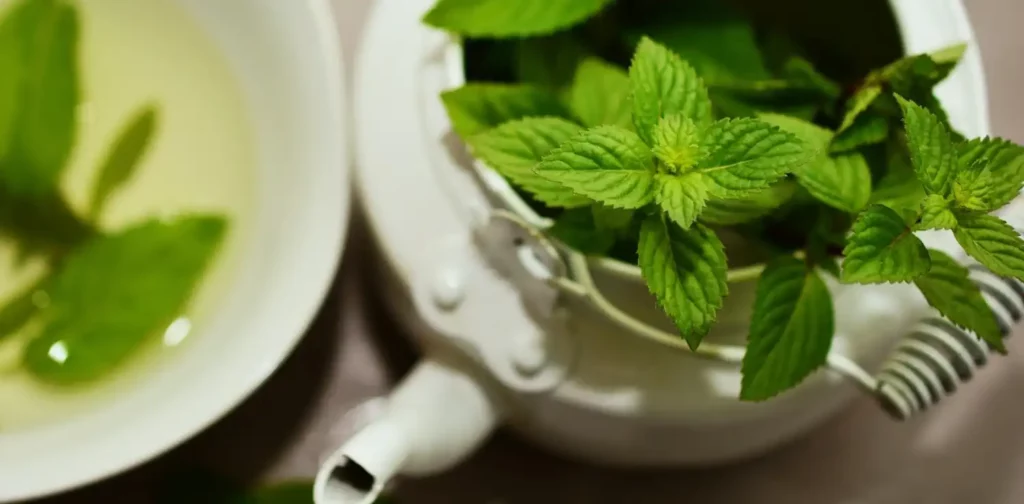How Medicinal Plants Support Healthcare in Asia and Beyond

Photo by Congerdesign on Pixabay
Many people in the world nowadays still lack proper access to fundamental necessities, including healthcare. Using medicinal plants as traditional medicine is an alternative that is easily accessible and has long been utilized by communities to support their health, especially in Asia. Although, in the modern era, the practice has been declining and may lead to the loss of valuable information from ancient times.
Types of Medicinal Plants
The term medicinal plants refers to any plant with chemicals in one or more of its organs that have medical value or which are precursors for the synthesis of useful drugs. They are utilized in both modern and traditional medicine systems. They cover a wide range of species used for and in food, condiments, aromatic, and cosmetics.
Medicinal plants have many types based on how to use them, such as:
- Synergic medicine: Many compounds found in each plant have the ability to interact with one another simultaneously, either enhancing or detracting from one another’s functions or counteracting any potential bad effects. For example: Chinese peony and holy basil as plant species that can work together to enhance the elimination or neutralization of toxins resulting from drug interactions.
- Support of official medicine: Plant ingredients can be combined with chemical goods to produce the desired result. For example, drugs based on Paclitaxel from the yew tree and Camptothecin from the happy tree, which have been used for cancer therapy.
- Preventive medicine: Some components of medicinal plants have proved to be effective in preventing or reducing the risk of certain diseases. For example, some chemical components from Coneflower (Echinacea) can be used to make the body’s immune system stronger. It is also considered useful as a prevention against colds and flu.
Various Applications of Medicinal Plants in Asia
Asia is home to more than 38,660 species of medicinal plants, making it one of the world’s major bioresource centers. Traditional medicinal practices in Asia have existed from time immemorial. A classical example is in India with Ayurveda, a medical system that includes yoga, acupuncture, herbal medicine, massage therapy, and dietary changes.
Meanwhile, Indonesia has Jamu, a type of herbal medicinal beverage that has been practiced since the eighth century. It is based on the belief of curing hot diseases with medicines of a cold nature and cold diseases with medicines of a hot nature to achieve a balance between hot and cold in the body.
Another use of medicinal plants in traditional medicines is Traditional Chinese Medicine/TCM. It is a traditional medicine and treatment that addresses health issues with a variety of psychological, physical, and/or botanical remedies (such as tai chi and acupuncture).
In Thailand, they have Thai medicine, which is a method of healing and boosting vitality using herbs as food and medicine. Thai medicine bases its diagnosis on their belief that the human body is composed of earth, water, air, and fire. Of course, there are plenty more examples of traditional medicinal practices using plants across the continent.
Safe & Sustainable Use
The practice of traditional medicine is in decline, but medicinal plants remain relevant in supporting healthcare. As the use of medicinal plants gains a lot of attention worldwide, safeguarding their sustainability and ensuring people’s safety are vital.
Research and policy interventions with regards to medicinal plants production and commercialization and their contributions to the economies as trade. The sector needs more clarity, tackling the highly fragmented body-of-knowledge on medicinal plants production systems and utilization methods. This especially concerns the potentials (production, usage, and commercialization), institutional arrangements (formal and informal), and sustainability of medicinal plants as biodiversity.
Editor: Nazalea Kusuma

If you find this content useful, please consider subscribing to Green Network Asia.
Your subscription will give you access to our interdisciplinary and cross-sectoral insights on sustainability-related issues and sustainable development across the Asia Pacific and beyond, strengthening your personal and professional development while supporting GNA’s financial capacity to continue publishing content dedicated to public education and multi-stakeholder advocacy.
Select Your Subscription Plan

 Developing Financing Initiatives for the ASEAN Power Grid
Developing Financing Initiatives for the ASEAN Power Grid  Imparting Actionable Knowledge Through Sustainability Training Activities
Imparting Actionable Knowledge Through Sustainability Training Activities  Stop Funding Factory Farming in Vietnam: Pathway to Financing a Just and Sustainable Food System
Stop Funding Factory Farming in Vietnam: Pathway to Financing a Just and Sustainable Food System  When Green Turns Excessive: The Overproduction and Overconsumption of Reusables
When Green Turns Excessive: The Overproduction and Overconsumption of Reusables  SDG Venture Scaler Aims to Drive Sustainable Investment in Southeast Asia
SDG Venture Scaler Aims to Drive Sustainable Investment in Southeast Asia  Improving Primary Education in Central Asia
Improving Primary Education in Central Asia